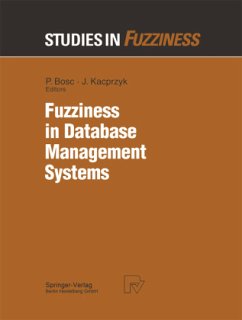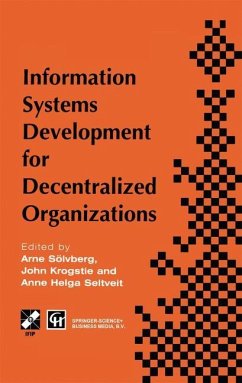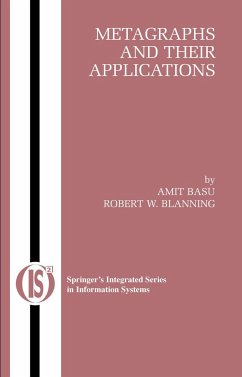
Handbook on Data Management in Information Systems

PAYBACK Punkte
76 °P sammeln!
This book is the sixth of a running series of volumes dedicated to selected topics of information theory and practice. The objective of the series is to pro vide a reference source for problem solvers in business, industry, government, and professional researchers and gradute students. The first volume, Handbook on Architecture of Information Systems, presents a balanced number of contributions from academia and practition ers. The structure of the material follows a differentiation between model ing languages, tools and methodologies. The second volume, Handbook on Electronic Commerce, examin...
This book is the sixth of a running series of volumes dedicated to selected topics of information theory and practice. The objective of the series is to pro vide a reference source for problem solvers in business, industry, government, and professional researchers and gradute students. The first volume, Handbook on Architecture of Information Systems, presents a balanced number of contributions from academia and practition ers. The structure of the material follows a differentiation between model ing languages, tools and methodologies. The second volume, Handbook on Electronic Commerce, examines electronic commerce storefront, on-line busi ness, consumer interface, business-to-business networking, digital payment, legal issues, information product development and electronic business mod els. The third volume, Handbook on Parallel and Distributed Processing, presents basic concepts, methods, and recent developments in the field of parallel and distributed processing as well as some important aplications of parallel and distributed computing. In particular, the book examines such fundamental issues in the above area as languages for parallel processing, parallel operating systems, architecture of parallel and distributed systems, parallel database and multimedia systems, networking aspects of parallel and distributed systems, efficiency of parallel algorithms. The fourth volume on Information Technologies for Education and Training is· devoted to a pre sentation of current and future research and applications in the field of ed ucational technology. The fifth double volume on Knowledge Management contains an extensive, fundamental coverage of the knowledge management field.














